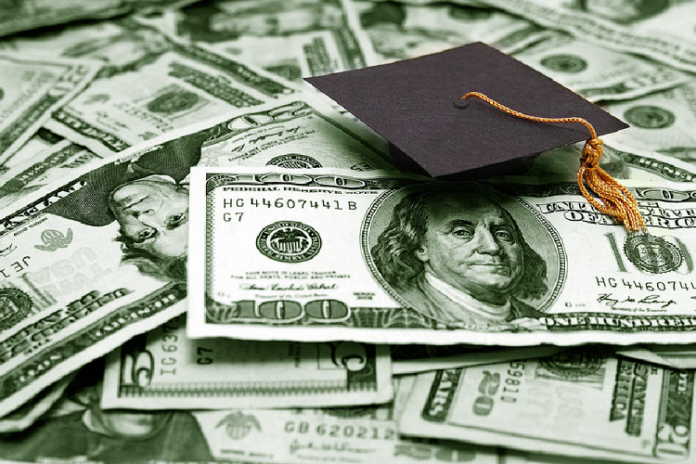Bankruptcy is a legal process designed to help individuals or businesses overwhelmed by debt obtain a fresh start. Once a bankruptcy discharge is granted, it marks the end of bankruptcy proceedings and provides individuals with the opportunity to rebuild their financial health. In this, we will explore what happens after a bankruptcy discharge. We will also explore the impact on credit, and the steps individuals can take to regain financial stability and rebuild their creditworthiness.
- Bankruptcy Discharge: After a bankruptcy discharge is granted, the debtor is released from personal liability for most of their debts included in the bankruptcy filing. This means creditors can no longer pursue legal action or collect on those debts.
Bankruptcy law can be intricate, and having a specialized attorney like Trey Wright a Florida Bankruptcy Lawyer can provide clients with the expertise needed to effectively address their financial challenges. Trey’s experience in bankruptcy law allows him to guide clients through the bankruptcy process, whether they are individuals seeking personal bankruptcy relief or businesses facing financial difficulties.
- Impact on Credit: Bankruptcy has a significant impact on credit history and credit score. A bankruptcy filing will remain on a credit report for a certain period, typically seven to ten years, depending on the type of bankruptcy.
- Rebuilding Financial Health: While bankruptcy may initially affect creditworthiness, it is possible to rebuild financial health over time. Here are some steps individuals can take to regain stability and improve their credit standing:
- Develop a Budget: Start by creating a realistic budget that accounts for income, expenses, and savings goals. Tracking expenses and living within your means is crucial for financial stability and rebuilding credit.
- Establish an Emergency Fund: Building an emergency fund is essential to handle unexpected expenses without credit. Aim to save three to six months’ worth of living expenses in a separate savings account.
- Obtaining Secured Credit: Consider a secured credit card or loan. These types of credit require a cash deposit or collateral, reducing lender risk. Timely payments on secured credit can help rebuild your credit history.
- Make Timely Payments: Pay all bills on time, including rent, utilities, and any remaining debts not discharged in bankruptcy. Timely payments demonstrate responsibility and improve creditworthiness.
- Obtain a Secured Credit Card: Secured credit cards are designed for individuals with low credit scores or a history of bankruptcy. Use the secured credit card responsibly, keeping balances low and paying in full each month.
- Monitor Credit Reports: Regularly review credit reports from the major credit bureaus to ensure accuracy and detect any potential errors. Dispute any inaccuracies promptly to maintain an accurate credit history.
- Patience and Persistence: Rebuilding credit and achieving financial health after bankruptcy discharge requires patience and persistence. It takes time to rebuild creditworthiness and improve credit scores. Consistently practicing sound financial habits and demonstrating responsible credit management will gradually improve credit standing.
Conclusion:
Bankruptcy discharge provides individuals with a fresh new start. While the initial impact on credit can be significant, it is possible to rebuild financial health over time. By following a budget, establishing an emergency fund, making timely payments, obtaining secured credit, monitoring credit reports, seeking credit counselling, and practicing financial responsibility.









